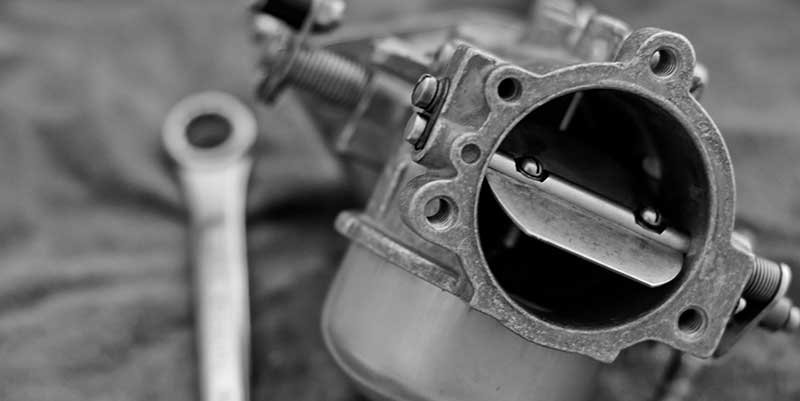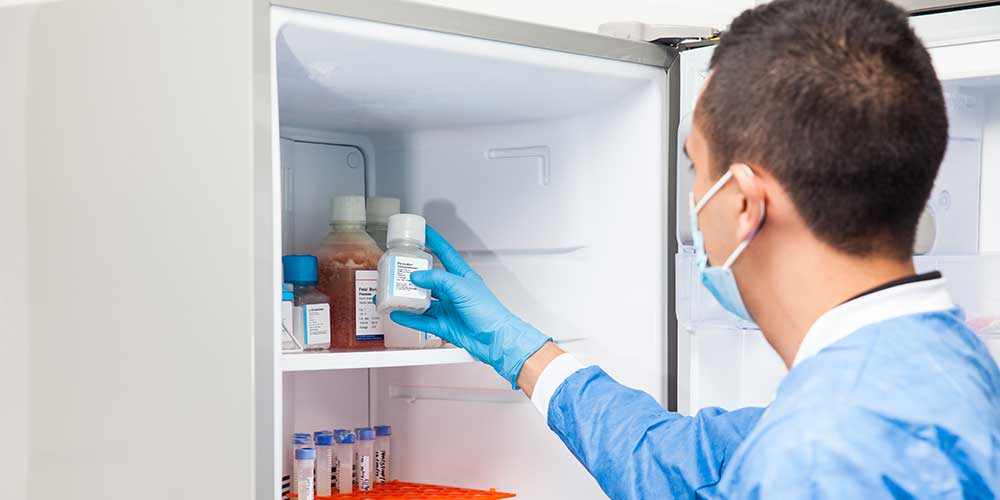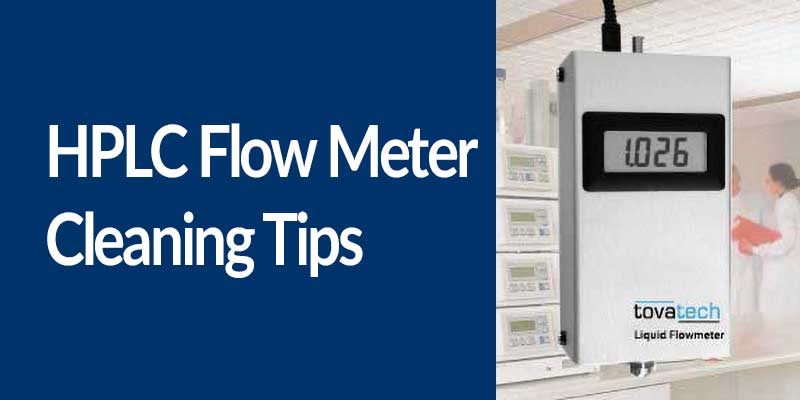Posts Tagged ‘Operation and Maintenance’
Ultrasonic Carburetor Cleaner Commonly Asked Questions
Choosing the Right Lab Cold Storage: Manual vs. Auto-Defrost Units and Essential Considerations
How to Prepare a Sample for Moisture Analysis
Ultrasonic Cleaner Maintenance: 4 Key Tips
HPLC Flow Meter Cleaning Tips
Ultrasonic Cleaner Degas: Why it’s Important
Selecting a Heated Ultrasonic Cleaner
Using OK-Sonic Bath Monitors for Medical Ultrasonic Cleaner Performance Validation
OK-Sonic Bath Monitors for medical ultrasonic cleaner performance validation strips provide added assurance that your ultrasonic cleaner is doing its job. In its “Guideline for Disinfection and Sterilization in Healthcare Facilities” the CDC notes “Ultrasonic cleaning removes soil by cavitation and implosion in which waves of acoustic energy are propagated in aqueous solutions to disrupt…
Using Moisture Analysis to Optimize Product Quality and Processes
Choosing a Moisture Analyzer for Sludge Dewatering Operations
Host sewage treatment plants discharge biosolids called cake containing 70 to 80% water. The balance represents nutrient-rich organic material that thanks to modern processing techniques has value both as a fuel and as a biologically inert, odor- and disease-free product for blending in soil composts.









